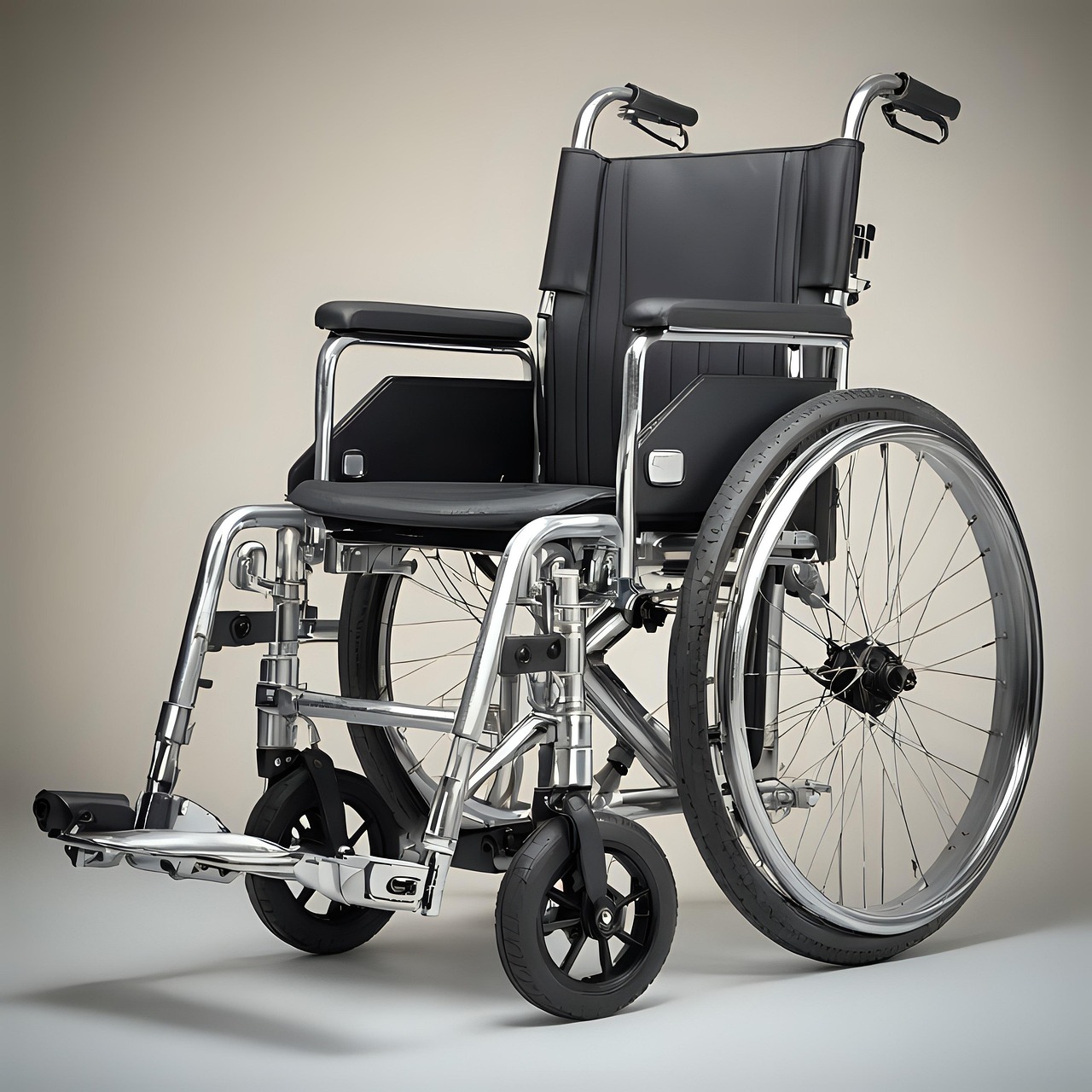The Beginning and Development of Employment Policies for Persons with Disabilities
In 1982, the government officially opened a job placement service for persons with disabilities. This service was entrusted to the Korea Association of Persons with Disabilities Rehabilitation.
In 1988, the hosting of the Paralympics led to an increased government budget for welfare for persons with disabilities and improved awareness towards them. During this period, the recruitment of disabled civil servants began.
In 1990, the enactment of the Act on the Promotion of Employment for Persons with Disabilities mandated employment for persons with disabilities. Employers with 50 or more regular workers are legally required to employ at least 5% of their total workforce with disabled individuals.
In 1991, the Korea Employment Agency for Persons with Disabilities was established.
In 2000, the Act on the Promotion of Employment for Persons with Disabilities underwent four amendments and was re-enacted as the Act on the Promotion of Employment and Vocational Rehabilitation for Persons with Disabilities.
In 2004, the amendment of the Act on the Promotion of Employment and Vocational Rehabilitation for Persons with Disabilities expanded the target employers from 300 or more employees to 50 or more.
In 2007, the Korea Employment Promotion Agency for Persons with Disabilities was established to support the vocational lives of persons with disabilities and to operate various programs encouraging employers to hire them.
In the 2020s, the recruitment of disabled civil servants is increasing, with the largest number of severe disability civil servant hires occurring since 2008.
Employment for Persons with Disabilities in Numbers

According to the 2019 Survey on the Economic Activity of Persons with Disabilities, the economically active population of persons with disabilities aged 15 and older is 941,136, with a participation rate of 37.3%.
The registered disabled population is 2,618,000, which is 5.1% of the total population, whereas in 1991, the year the Korea Employment Agency for Persons with Disabilities was established, it was 224,025, accounting for 0.5% of the total population.
The number of employed persons with disabilities is 881,890, and the employment rate for persons with disabilities is 34.9%. The number of disabled workers in obligated employment businesses, which was about 8,000 in 1991, increased approximately 30-fold to 245,184 in 2019. The employment rate for persons with disabilities in obligated businesses rose from 0.43% in 1991 to 2.92%, an increase of 6.8 times. The number of vocational training graduates in 2019 was 2,826, which is 20 times greater than in 1991.
The mandatory employment rate for persons with disabilities in national/public institutions increased from 2% in 1991 to 3.4% in 2019. The mandatory employment rate for persons with disabilities in private enterprises also rose significantly from 1% in 1991 to 3.1% in 2019.
The amount of employment incentive subsidies provided in 2019 amounted to 210.56 billion won, benefiting 552,724 individuals. In 2019, there were 29,777 obligated businesses for employment of persons with disabilities, and 12,966 businesses were found to comply with these obligations, showing a compliance rate of 43.5%.
Reference
30 Years of Employment for People with Disabilities in Numbers, YouTube of the Korea Employment Agency for the Disabled




